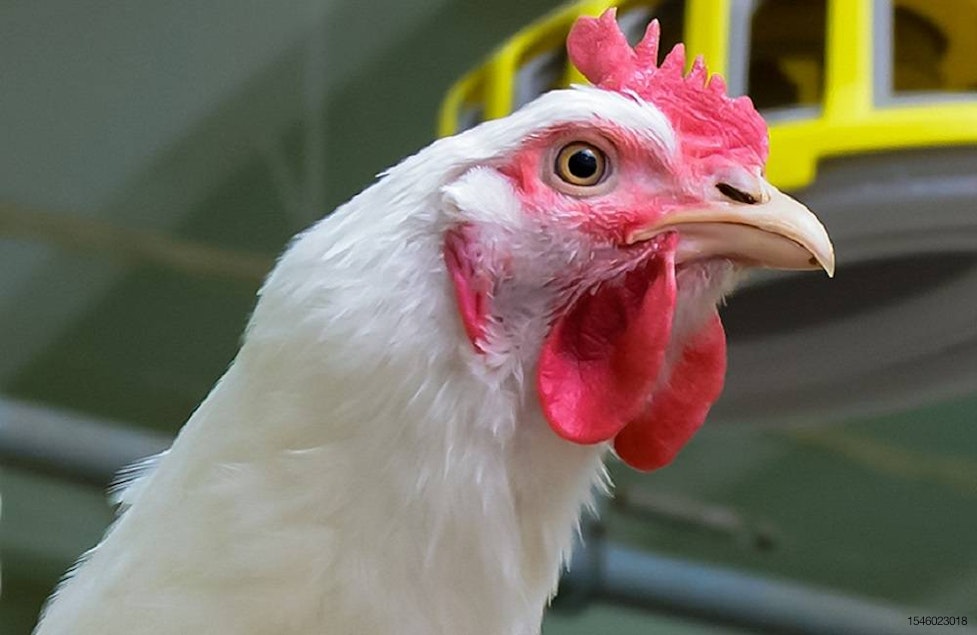
Finding answers to ‘green muscle disease’ in poultry
Green muscle disease is also known as Deep Pectoral Myopathy (DPM). This condition is found in the minor pectoral muscle of the breast and is most commonly found in Cornish cross broilers. The breast muscles are responsible for the flapping motion of the wing.

4 Common Chicken Diseases Causes, Symptoms, Treatment, Prevention
Green muscle disease is a hid-den problem in today's large broiler chickens that is not detected until these birds are deboned at the processing plant. It is characterized by necrosis and atrophy of the deep pectoral muscle, which is commonly referred to as the breast tender (Bilgili and Hess, 2008).
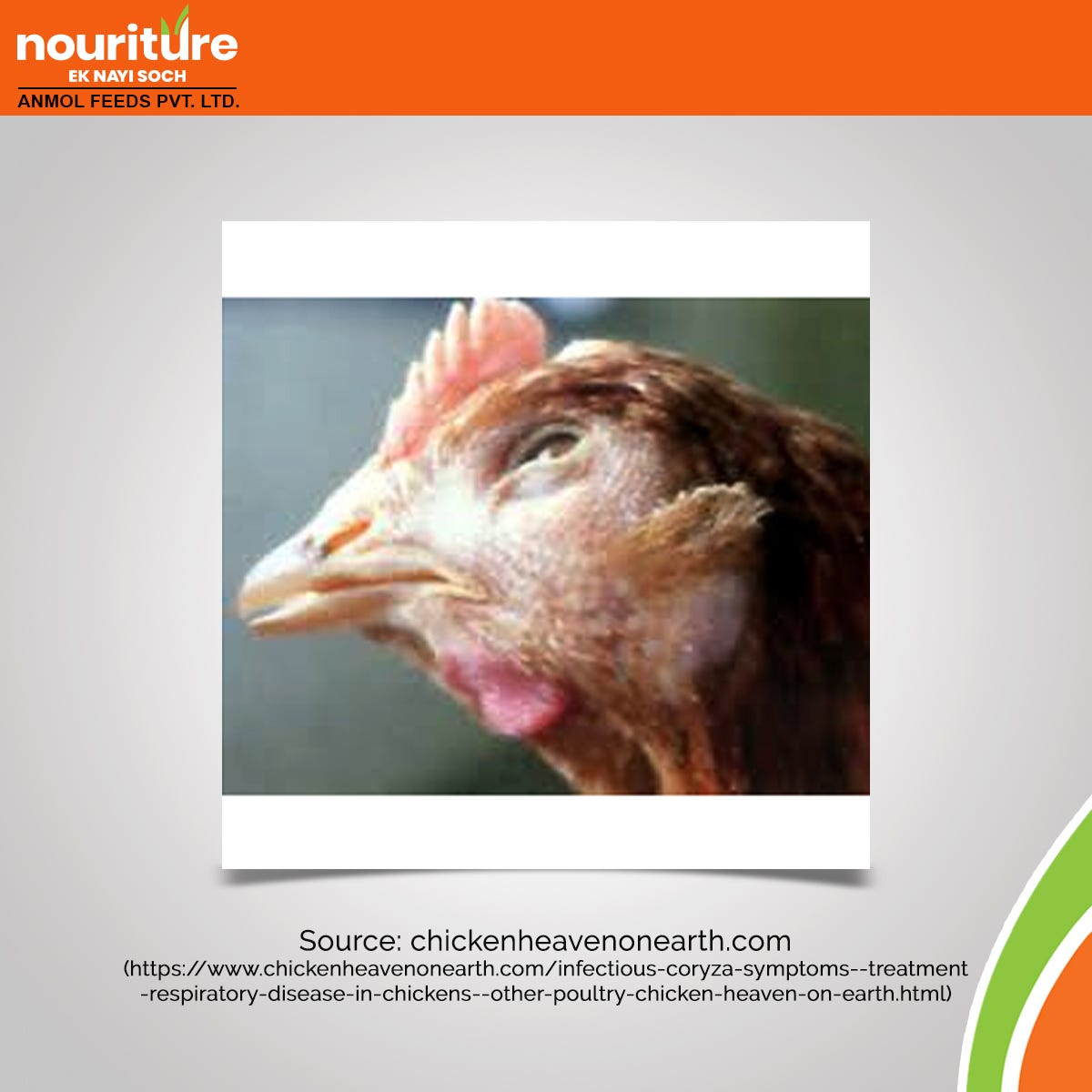
5 Most Common Types of Chicken Diseases and How to Treat Them by
Green muscle disease is also known as Oregon disease, but it is more correctly referred to as deep pectoral myopathy (DPM). This degenerative muscle disease affects the breast tenderloin (minor pectoral muscle) found deep within the breast. The breast muscles are responsible for the up and down strokes of the wings.
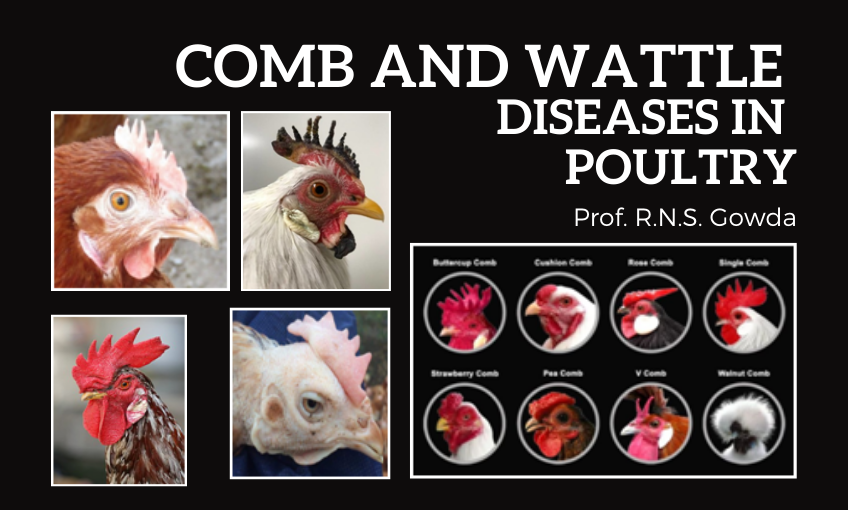
COMB AND WATTLE DISEASES IN POULTRY SR Publications
What is it? Deep Pectoral Myopathy (DPM) is a muscle disease that is hidden problem in some large broilers. It does not affect all birds in a group, usually only a few and in many cases not any, but can be alarming when it is found during the deboning of the breast meat. What Causes it?
Green skin, possible green muscle disease? BackYard Chickens Learn
Because the tender is deep within the breast (or pectoral) muscle, green muscle disease is technically known as deep pectoral myopathy. The deep pectoral is the muscle a chicken uses to raise its wing. This muscle is surrounded by a tough, inflexible sheath and is further confined by the breast bone below and the larger breast muscle above.
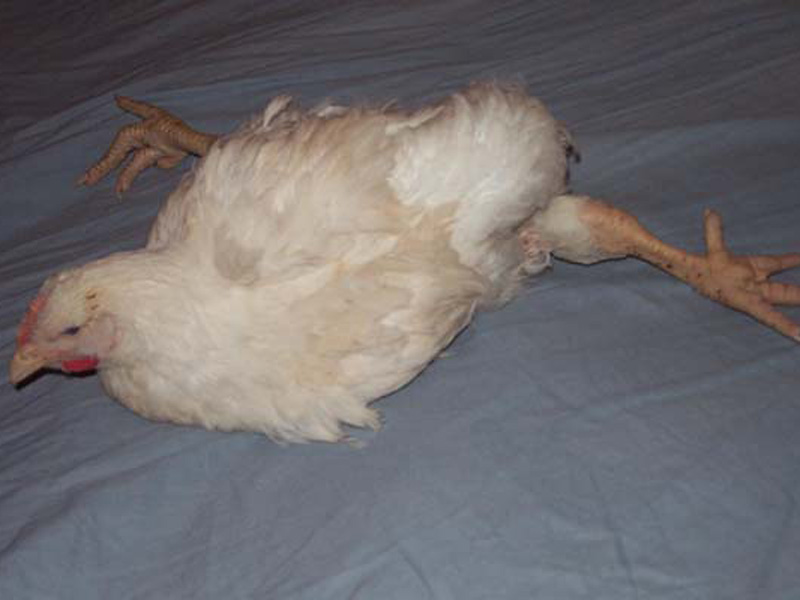
10 most common diseases in backyard chickens symptoms,treatment The
Introduction Green Muscle Disease is a hidden problem in modern-day broiler chickens. Green Muscle Disease (or Oregon Disease) is a common name given to a degenerative muscle disease known as Deep Pectoral Myopathy (DPM). The condition is characterized by necrosis and atrophy of the tenders (i.e. supracoracoideus or minor pectoral muscles).

Common chicken diseases, their causes, symptoms and treatments. Cluckin
The trend has led to a steady increase in the market weight of broilers — but this sometimes comes with unwanted consequences, such as deep pectoral myopathy, commonly called green muscle disease (GMD). This condition isn't new and it can occur at any age or weight.

Pin on Chickens
Deep pectoral myopathy is characterized by degeneration, necrosis, and fibrosis of the deep pectoral (supracoracoideus) muscle in heavy meat birds (chickens, turkeys), secondary to excessive muscle activity (exertional myopathy and compartment syndrome). The function of the deep pectoral muscle is to elevate the wing.

What Is Green Muscle Disease? Meyer Hatchery Blog
Deep pectoral myopathy (green muscle disease) Occurrence: Worldwide. Species affected: Fast growing broilers and turkeys. Effects: Metabolic disease resulting in swelling in a tight fascia (band) of the underlying breast muscle. Streaks of white to greenish band of muscles causing the breast muscles to become enlarged.

Deep Pectoral Myopathy (Green Muscle Disease) in Broilers The Poultry
Green muscle disease is also known as Deep Pectoral Myopathy (DPM). This condition is most commonly found in Cornish cross broilers that can grow to a large size very rapidly, and are bred to develop heavy breast meat. Cause The breast muscles are responsible for the flapping motion of the wing.
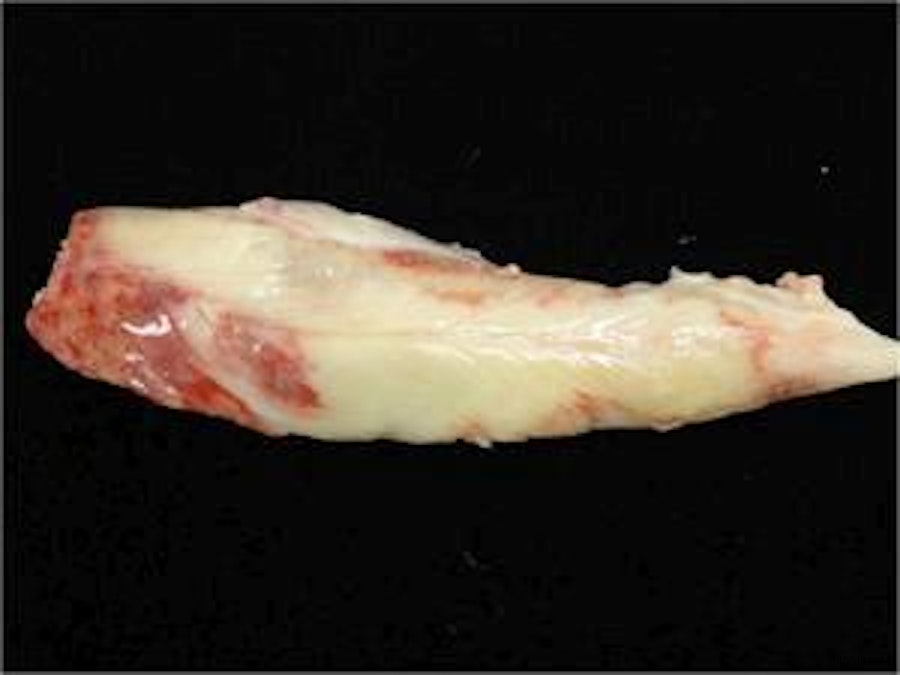
Finding answers to ‘green muscle disease’ in poultry WATTPoultry
Green meat happens in birds that have deep pectoral myopathy, or green muscle disease. When present, it's visible in both raw and cooked meat. Also called Oregon disease, an inadequate.

A Practical Guide to Chicken Illnesses & Diseases Homestead Larder
Green Muscle Disease is a hidden problem in today's large broiler chickens that is not detected until these birds are deboned at the processing plant. It is characterised by necrosis and atrophy of the deep pectoral muscle, which is commonly referred to as the breast tender (Bilgili and Hess, 2008).

Baldi Current Status of Poultry Meat Abnormalities Meat and Muscle
The green colour is the result of the gradual breakdown of haemoglobin and myoglobin in the damaged muscle tissue. I consider it similar to walking into the drop-down bumper hitch on the back of my pickup. The soon-to-be bruise is red for the first day or so, then eventually blue, purple, yellow and finally green a few days later.
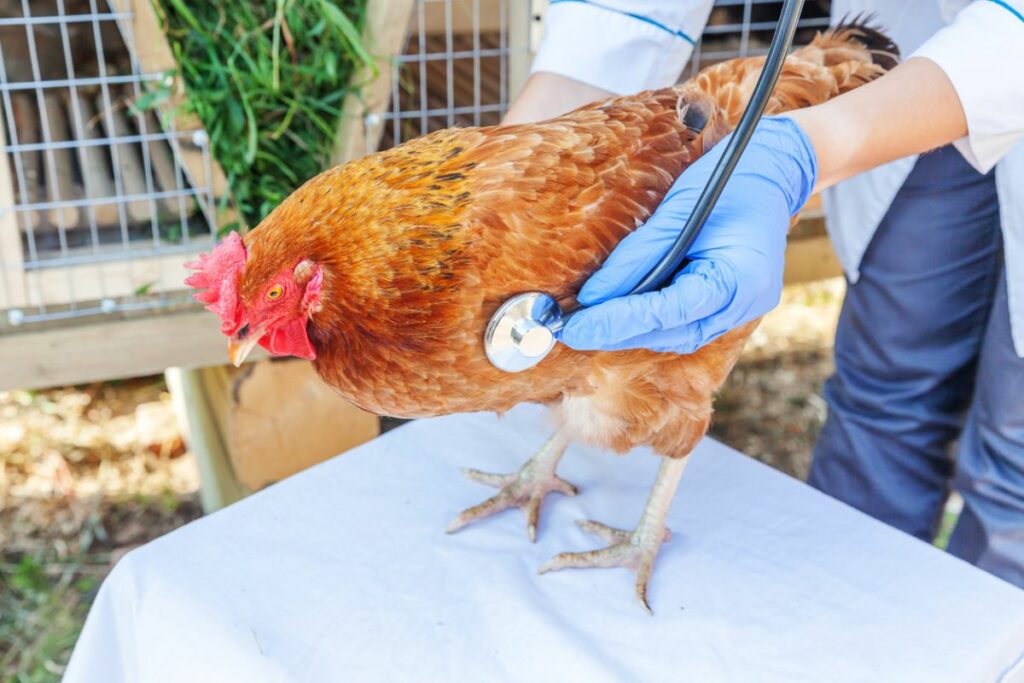
11 Common Chicken Diseases To Be Aware Of Know Your Chickens
Green muscle disease, also called deep pectoral myopathy, is a degenerative muscle disease that affects the breast tenderloin (minor pectoral muscle) deep within the breast. 'Fatty liver hemorrhagic sydrome' is a metabolic disorder that can occur when chickens are fed high-energy diets but have limited exercise to use up that energy.

What Is Green Muscle Disease? Meyer Hatchery Blog
This degeneration is manifested in an abnormal appearance of breast muscles, with changes in colour from pink to green, as well as changes in the texture of the muscle tissue. The anomaly is found most frequently in genetic lines of chickens characterised by dynamic weight increment in the rearing period as well as a considerable increase in the proportion of pectoral muscles.

Marek's Disease in Chickens Identify, Causes, Treatment & Prevention
Green Muscle, Deep Pectoral Myopathy, or Oregon Disease, is a myopathy that primarily affects tenders. Not being externally detectable creates a problem for companies that make whole chickens and basic cuts and economic losses due to seizure for those that make boneless cuts. Green Muscle - GM was first detected in adult turkeys in 1968, then.